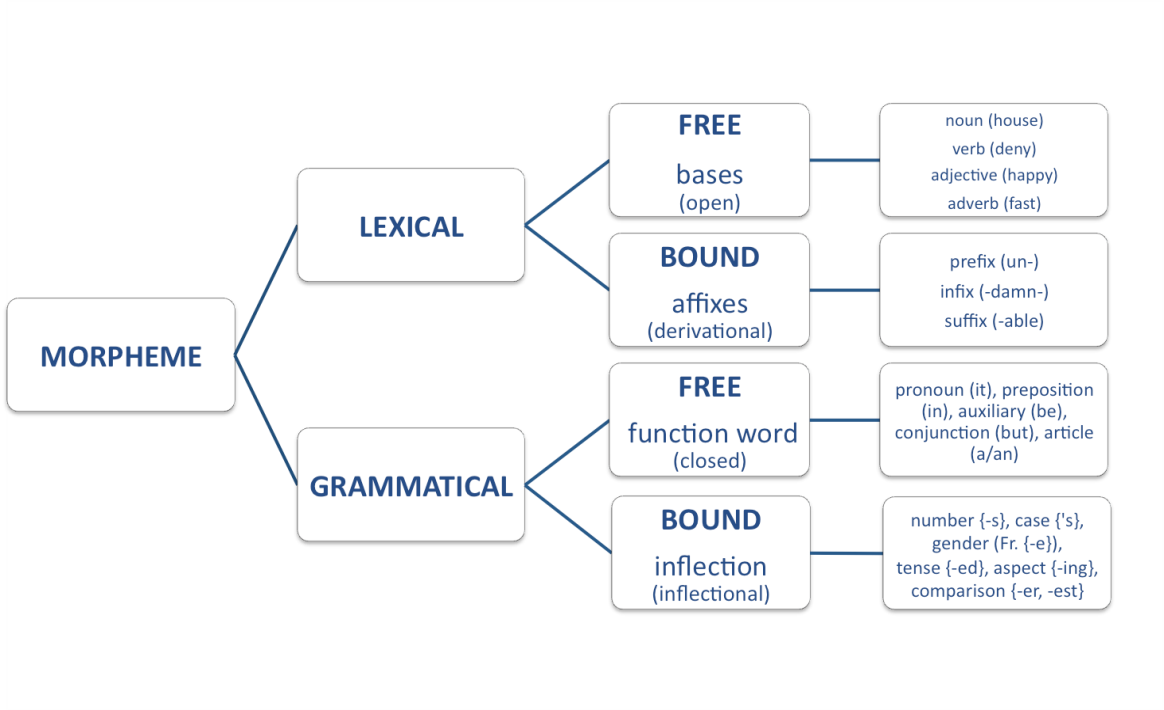
теор.грамматика / Лекция 1
.docxЛекція 1: THE SCOPE OF THEORETICAL GRAMMAR. VARIETIES OF GRAMMARS.
LECTURE 1: THE SCOPE OF THEORETICAL GRAMMAR. VARIETIES OF GRAMMARS.
-
The three parts of language.
-
Language as system and structure.
-
The notion of grammar. Varieties of gramm.
-
General principles of grammatical analysis
-
Models of linguistic description.
Language is used by individuals and depends on the property of brain. Galileo: the marvelous invention of the alphabet enables to construct from 25 to 30 sounds that infinity of expressions that enable us to reveal everything that we think.
The recognition of unbounded character of the language and deeper concern for its creative character and its normal use seem to become core feature of cognition science
Otto Jespersen: how the elements of the language come into existence in the mind of a speaker on the basis of experience and that’s the problem of acquisition and according to Jespersen, it yields somehow the structure in the minds of a speaker that is definite enough to guide him in framing thesentences of his own in crucially free expressions that are typically new to speaker and hearer and come in unbounded range.
The task of linguistics is to unearth the great principles underlying the grammars of all languages and by so doing to gain deeper insight into innermost nature of human language and the human thought. Reformulating Otto Jespersen: the basic task of linguistics is investigating the true nature of thelanguage and the creative character of the mind. Galileo: The nature is simple and should be described by simple rules. The task of science is reduction of complex visibles to simple invisibles.
Language represents a domain, specific mental faculty that embrace structural organizing principles.
So, structural organizing principles of language can be named GRAMMAR. The term “grammar”goes back to a Greek word that may be translated as the “art of writing”. In Greece and ancient Rome the terms grammatike and grammatica respectively denoted the whole apparatus of literary study. In the Middle ages, G. was the study of Latin But later this word acquired a much wider sense and came to embrace the whole study of language.
. The language consists of 3 parts: 1) the phonological system (i.e. sound system), 2) the lexical system (set of naming means of language) and 3) the grammatical system.(The principles of systemic approach to language and its grammar were developed in the linguistics of the 20th century after the publication of the works by Beaudoin de Courtenay and Ferdinand de Saussure (they demonstrated the difference between lingual synchrony and diachrony).
Notions of ‘system’ and ‘structure’. General characteristics of linguistic units. In linguistics the notion ‘system’ is closely connected with the notion ‘structure’. The system is viewed as the languageas a whole, because it is characterized by regulated complex of lg units, whereas the structure is the element of the system. In other words, systemic is the language, and structural is the system.
Lg units differ in quantity, quality and function. Homogenious lg units form subsystems (layers).
Structure of the lg is a complex of regular links and relations within lg units,.which depend on their nature and thus determining qualitative peculiarity of the lg system and its specific functioning. Lg structure peculiarity is determined by the character of links and relations between lg units.
Relation is the result of comparison of two or more lg units according to one common lg criterion or basis. Relations can be hierarchical (non-homogenious units i.e. phonemes and morphemes; morphemes and lexemes etc.); оppositional, when lg units or their features are opposed (sg – pl; present - past).
The phonological level is the lowest level. The phonological level unit is the`phoneme. It is a distinctive unit (bag – beg).
The morphological level has two level units:
-
the `morpheme – the lowest meaningful unit (teach – teacher);
-
the word - the main naming (nominative) unit of language.
The syntactical level has two level units as well:
-
the word-group – the dependent syntactic unit;
-
the sentence – the main communicative unit.

The supersyntactical level has the text as its level unit.
All structural levels are subject matters of different levels of linguistic analysis. At different levels of analysis we focus attention on different features of language. Generally speaking, the larger the units we deal with, the closer we get to the actuality of people’s experience of language.
To sum it up, each level has its own system. Therefore, language is regarded as a system of systems. The level units are built up in the same way and that is why the units of a lower level serve the building material for the units of a higher level. This similarity and likeness of organization of linguistic units is called isomorphism. This is how language works – a small number of elements at one level can enter into thousands of different combinations to form units at the other level.
We have arrived at the conclusion that the notions of system and structure are not synonyms – any system has its own structure (compare: the system of Ukrainian education vs. the structure of Ukrainian education; army organization).
